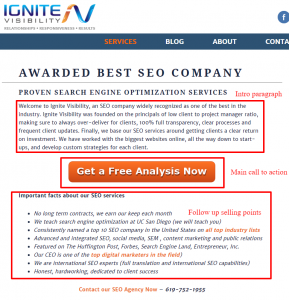It’s mid-year review time and if you’re like many people, you haven’t thought about goals in 5.5 months. Not a great moment for manager or team member, but it’s a common one. Mid-year reviews are a painful reminder of how far apart work and goals can drift and how little traditional performance management helps people perform at their best. Just 7% of employees understand their goals and what they need to do to achieve them. The disconnect creates a lot of anxiety: “How could that have happened?” “Why wasn’t I just more disciplined?” and “How will I make up the lost time?”
Then when you do look at the goals, frustration: “This has nothing to do with what our team has been focused on the last 3 months.” “Why didn’t we revise these when we changed strategy?” “How can I possible be measured on these things when they don’t matter anymore?!” and “What’s the point of this whole process — it’s so far removed from our real work.”
While it’s tempting to forget the goals, that thought is quickly followed by a reminder message from HR that you need to go through the motions by end of the month. Then there is the self-realization that it’s more fulfilling to aspire to something larger and that your performance and compensation are fundamentally intertwined.
The performance process doesn’t support great performance.
We live in an always-on world, but the typical approach to goals is “mostly off”. Chances are your company’s performance approach provides you little value and plays little or no role in how you manage. According to Deloitte, only 8% of companies believe their process is high value. Process and people fail when:
- Your business changes faster than your goals.
- Operational or business goals are divorced from individual goals and you focus on the former at the expense of the latter.
- Your corporate performance system is for goal data entry — enter once, forget promptly.
- You’re not as effective as you could be centering your week and your team on goal achievement so the day to day rush overwhelms bigger intentions.
- You don’t have goals and no metrics for success exist.
Don’t leave your performance to chance (or somebody else).
Instead of setting and forgetting goals or relying on out-dated process, take control of your own career trajectory and support your team’s. Use a continuous performance process that includes setting smart objectives and empowering you and your team to achieve them. These five steps will help you be more successful and get more recognition:
1. Recognize the power of goals.
Goals are a pre-requisite to success. A goal is how you define what you’re striving for and what success looks like. They are powerful drivers of personal growth, which accelerate success over time. Think of it this way: You and your goals must be present to win. n fact, people with goals out-earn people without them by more than 10x over 10 years according to a Harvard study.
2. Understand the ROI of demonstrating achievement.
In addition to greater focus on achievement, people with goals earn more because they define then demonstrate success. It’s impossible to achieve a goal you’ve forgotten and difficult to win a debate about what “success” is after the fact. Make it easy for your boss to advocate for you by providing continuous performance facts about progress on agreed-upon goals. Facts make a huge difference in employee ranking and the pay and promotion pipeline – but very few managers are really disciplined about cataloguing them for their direct reports.
3. Design goals into your work week.
Change your process – not the company’s — to make goals a true part of your work and week. Goal-driven teams use Workboard to take ownership of their performance. Workboard supplements HR systems used to centrally manage company-wide goal setting with a “local” app to enable goal achievement. It brings business and individual goals together with tools to manage real-time priorities, actions and tasks on Web and mobile. Goals and work are always connected, wherever you or your team are.
4. Refresh goals when they’re stale.
If a goal is no longer worth pursuing, change it! It’s a huge disservice to you, your team and the company to be assessed against an irrelevant goal. You can only refresh goals when you realize there’s a gap; they need to be integrated into your weekly work to see when execution priorities and goals are misaligned then determine whether the goal or execution needs to change. By resetting and re-communicating goals upline and downline when change is necessary, you get the motivational and professional benefits.
5. Measure success more frequently.
There’s nothing quite like the satisfaction of achievement, so set metrics and milestones in smaller increments to enjoy that satisfaction more often. If you’re a manager, driving toward goals will become habit much more quickly when they’re present in your work and you’re getting frequent satisfaction from progress. It’s just as powerful to recognize your team member’s progress and achievements every week – it’s a natural propellant. 83% of employees say recognition is more rewarding than cash!
You don’t go to work to fail, so get serious about success.
Define goals, objectives and metrics for success then bring them into focus in the work you do every week. You’ll enjoy more success, satisfaction and alignment, and you’ll enjoy the year-end review moment even more.
(243)








